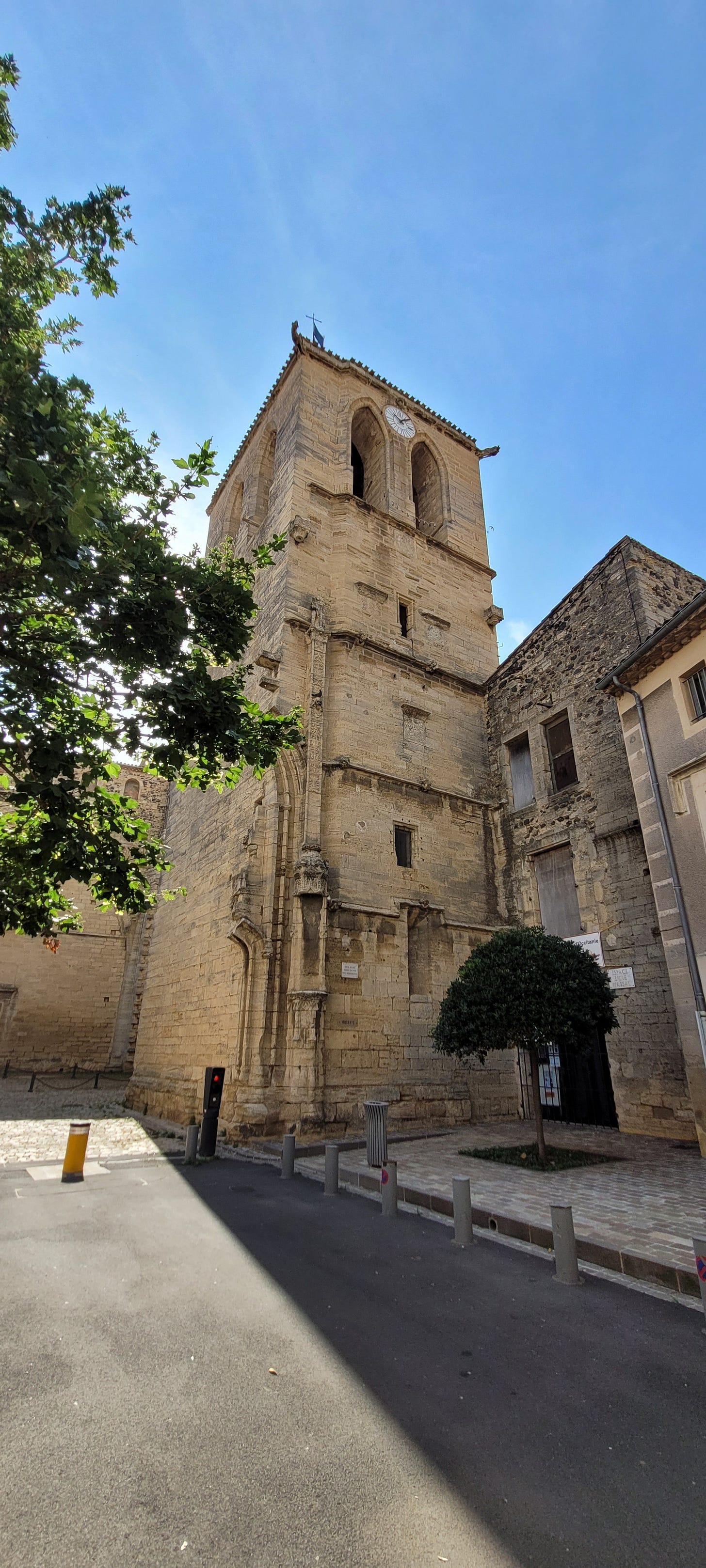I have found that locating a story in terms of time and place is a fundamental challenge to the complex skill of writing a novel.
If the time and place in the novel is the contemporary world this is comparatively easy, because it already resides in the imagination of the reader as well as a writer.
Most of my novels set somewhere within the 20th century. This for me is quite straightforward as I come from a family context which found its identity and its layers of inter-generational memory emerging from the twentieth century.
However, embarking on my novel An Englishwoman in France (after staying in the Languedoc dozen times), I set myself a different task - now inspired by special memories and my deep affection for France in its various guises. This was informed by a love for French literature and language and its very different history.
I am particularly thinking about this now, as, after the year of bereavement and extended suffering from Covid, I am now in France, in my daughter’s house for six weeks, living in an ancient and traditional Languedocean village on the edge of the Étang de Thau, a salt lake basin on the edge of the Mediterranean.
In my novel An Englishwoman in France, my heroine Starr Warner touches down in unique places in the Languedoc which have existed under different names both in the ancient and modern world.
My research led me through some remarkably interesting places here.
We have:
Massallia, whose modern name is Marseille. This port city in southern France was founded around 600 BC by Greeks from the Asia minor city of Phocea.
Agatha Tyche – ‘Good Fortune’: whose modern name is Agde which is the Mediterranean port of the Canal du Midi. A favourite place of mine.
Cesario-Saint Thibéri (Saint Tiberi in Occitan, the indigenous language of the region). Over 4,000 years old, this former Celtic village is built at the confluence of the rivers Tongue and Herault. The old Roman road, the Via Domitia, runs through the village.
Nicodemea – its modern name is Izmit, an ancient Greek city in present-day Turkey. In 286AD it became the eastern and senior capital city of the Roman Empire, chosen by Diocletian who assumed the title Augustus of the East.
Magdala – was an ancient city on the shore of the Sea of Galilee. It was the largest urban centre on the western coast of the Sea of Galilee until the founding of Tiberius, which is built on the site of the ancient Israelite village of Rakkath, first mentioned in the book of Joshua. It is at the crossroads of Jewish and Christian history.
You can read more about our 2008 stay in St Thibéry in Debora’s recent post - and you get a recipie too!
My heroine in this novel, Starr, the modern day scholar and psychic, wrote her own translation of a paper she found when she stayed in the village in a house in the village of Thibéry.
Starr tells us :
‘The Greeks, the Gauls, and the Romans called this Place Cessero. Only after the Merovingian age, when the Christian era began, was it called Saint Thibéry. There was a child called Thibéri who in the fourth century AD was found guilty of embracing Christianity and martyred in this place. As legend has it, the boy could cure a sick man of his mental demons with a single touch. His noble and inspiring acts made people respect and admire him. And apart from his physical beauty, he possessed the highest intelligence and a loving heart. Even at eleven years old he was sensitive to the flaws in the human being and particularly skilled at curing those ill in the mind.
Thibéry was born in Agde - then called Good Fortune in 301 AD or 293 AD. His father Helée, governor of the city of Agde, was a devoted servant of Rome. He appointed as tutor to his son a wise and literary man called Modeste, who bestowed on his pupil the sacred fruits of knowledge gathered through his life.
The fact is that, in secret, Modeste was following this new religion of Christianity. His pupil witnessed his commitment and – like his tutor – was drawn to Christianity and secretly began to participate in the rites of the religion.
Although he cured his father of blindness and cured a relative of the Emperor Diocletian of a degenerative illness, Thibéry and Modeste’s religion designated them as traitors and, with their companion Florence, they were executed on 10th of November 304 AD. The executions took place on the landing stage at Cessaro. The three of them were buried at the place of execution.’

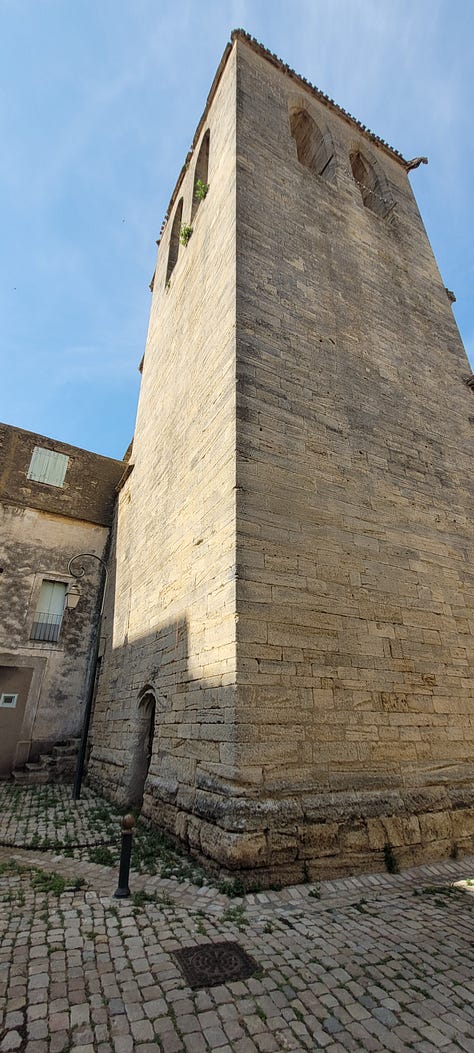
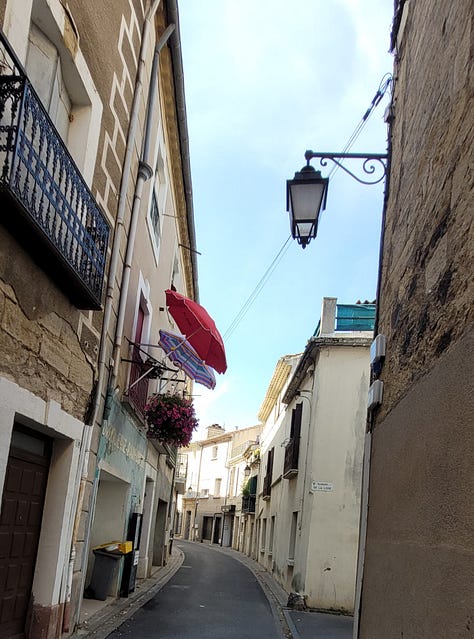

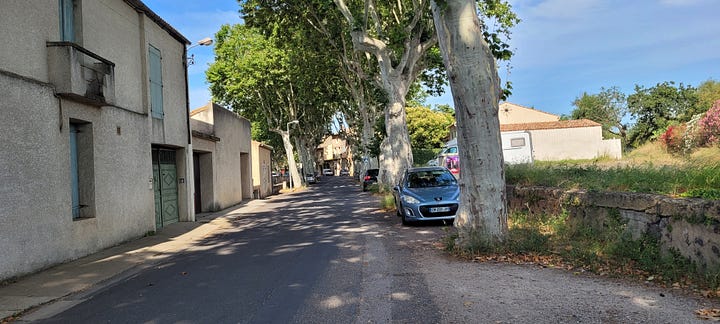

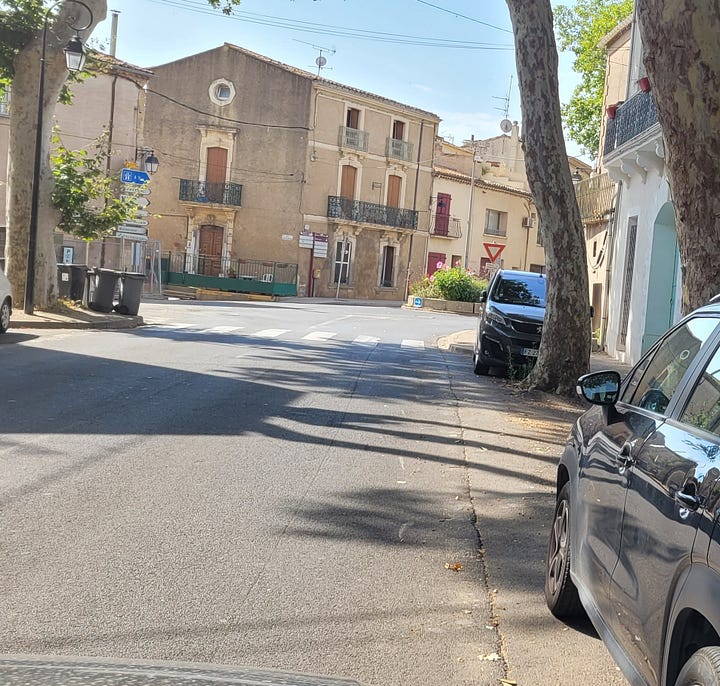
If you you wish to follow Starr in her adventure through time you can do so in reading the novel An Englishwoman in France available here.




